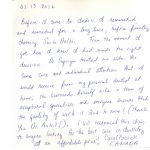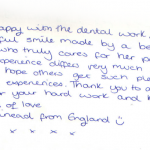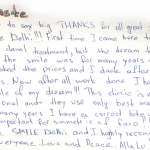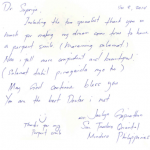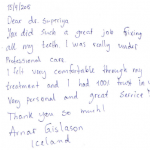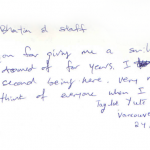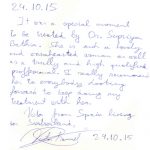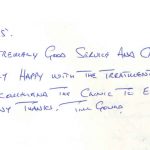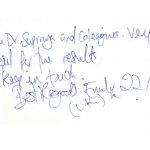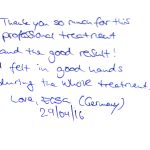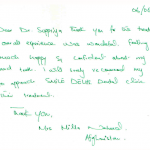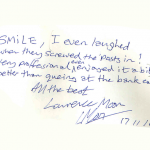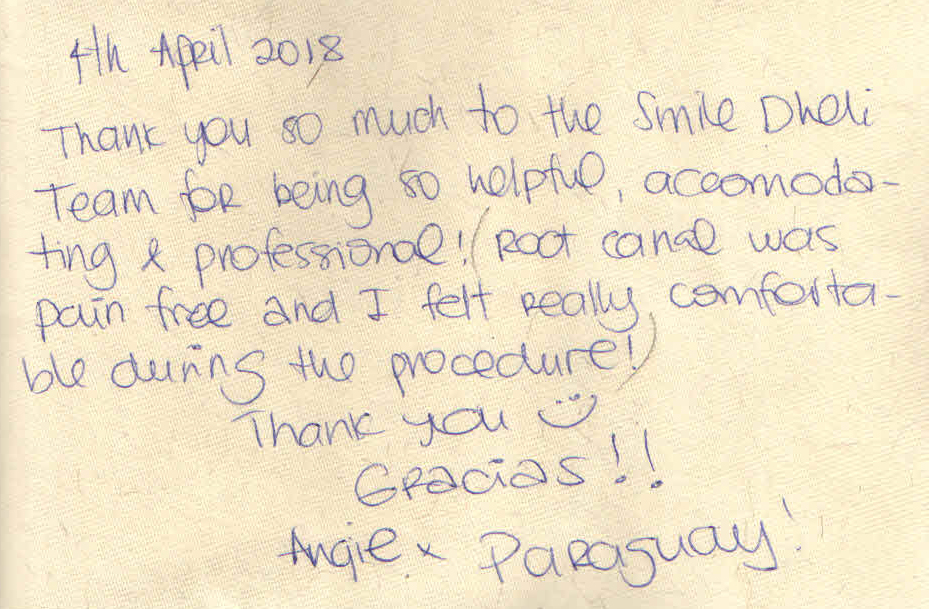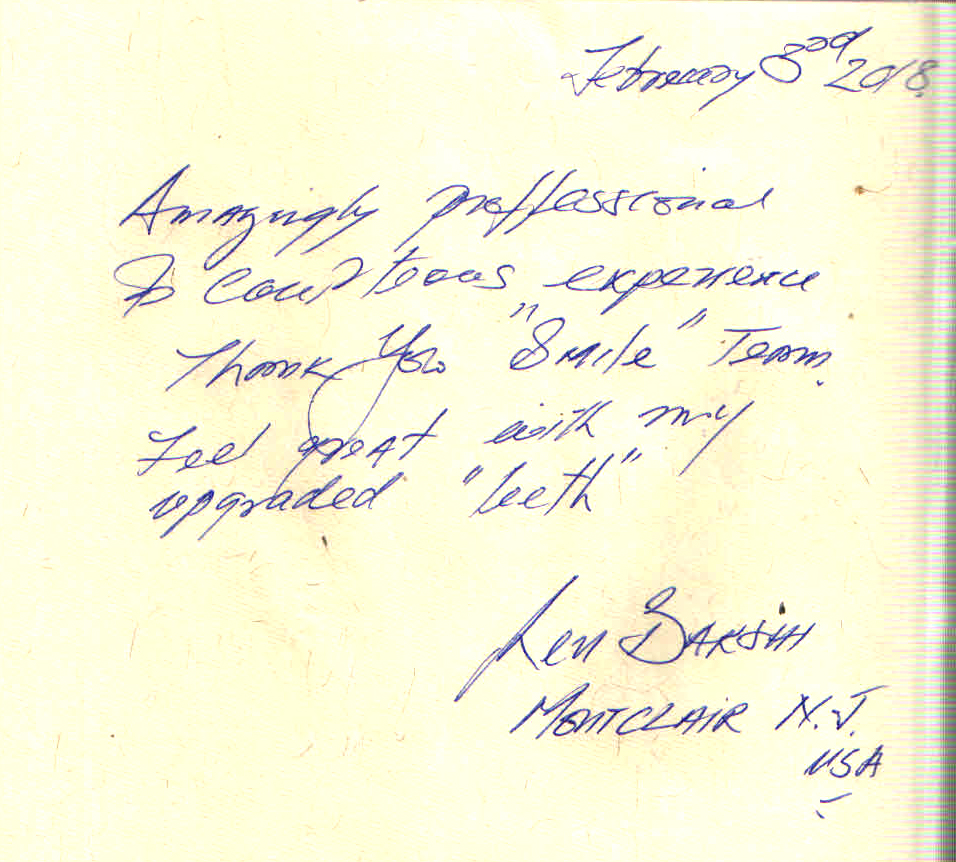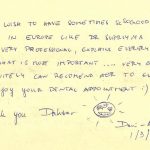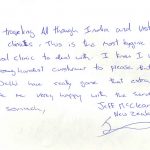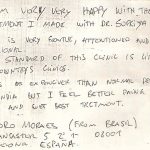Cracked Tooth Syndrome
This is also called, the split tooth syndrome, incomplete fracture of the tooth, greenstick fracture.
In this condition, the tooth is cracked or fractured but no part of the tooth is broken off.
The fractures in cracked tooth syndrome is too small to be seen on an xray. When the fracture is below the gum line, it becomes even more difficult to identify. Cracked tooth syndrome, is usually seen in the lower molar which absorbs most of the chewing forces.
People who have habits of bruxism or grinding / clenching their teeth are more prone to have this condition , as their teeth are subjected to constant forces. Also these forces are more than the normal forces. In some individuals, the normal bite is such that the molar cusps exert so much forces that the the opposite tooth fractures.
Teeth with big fillings or root canal treatments are likely to crack. Also if one tooth in a person has had a cracked tooth, it is likely that they will have other teeth also which might crack in the future.
SYMPTOMS
A person with a cracked tooth may experience pain only when they chew or bite. Also only when they bite on certain foods and in a specific way. These teeth do not have a constant pain like in the case of a deep cavity. Many people with a cracked tooth syndrome may live with it for months, before it is diagnosed as the symptoms are inconsistent.
DIAGNOSIS
Diagnosis of cracked tooth syndrome is not easy. The dentists in Delhi are following a systematic approach for diagnosis. The dentist will take the patient’s history and do a complete examination of the teeth, focusing on the tooth in question. He might do an x ray and also use a fine sharp explorer to feel for cracks. Your dentist will do a thorough examination of your mouth and teeth, focusing on the tooth in question. He or she may use a sharp instrument called an explorer to feel for cracks in the tooth and will inspect the gums around the tooth for irregularities. Your dentist also may take X-rays, although X-rays often do not show the crack.
Some of the reputed dental clinics in delhi have a specific instrument for diagnosing this condition. The instrument is like a toothbrush without any bristles. It fits on one part of the tooth,at a time, as the patient bites down on it. The dentist checks all the cusps one by one. If the patient feels pain on biting a certain part of the tooth, the cusp being tested is the one which has the crack.
The dentists in Delhi are using a fibre optic light/ a dye to stain the crack and thus search it.
If the tooth has a large filling or a crown on it, the dentist might remove it to check the crack.
DURATION OF SYMPTOMS
The duration of the symptoms depends on how long it takes for the condition to be diagnosed.
Please inform your dentist, about any habits you may have like bruxing/ clenching.
TREATMENTS
Treatments for cracked tooth syndrome depend on the location of the crack, the direction and the extent. The cracks could be superficial only found in the outer layers or maybe deep affecting the nerve / pulp of the tooth.
If the crack is affecting one or more cusp of the tooth then it has to be restored with a crown.
If the crack is affecting the pulp/ nerve then a root canal treatment is needed.
However in severe cases, where the crack is extending into the root of the tooth, under the bone then there is no way the tooth can be salvaged and has to be removed.
The dentists in, the dental clinics in india and in the dental clinics in Delhi, inform the patient about the prognosis of the tooth. Sometimes a crown sorts out the symptoms, while at other times the root canal treatment does. In some cases the symptoms remain after the treatment and then the tooth has to be extracted.
Posted By – Dr. Suprriya B. Bhatia


